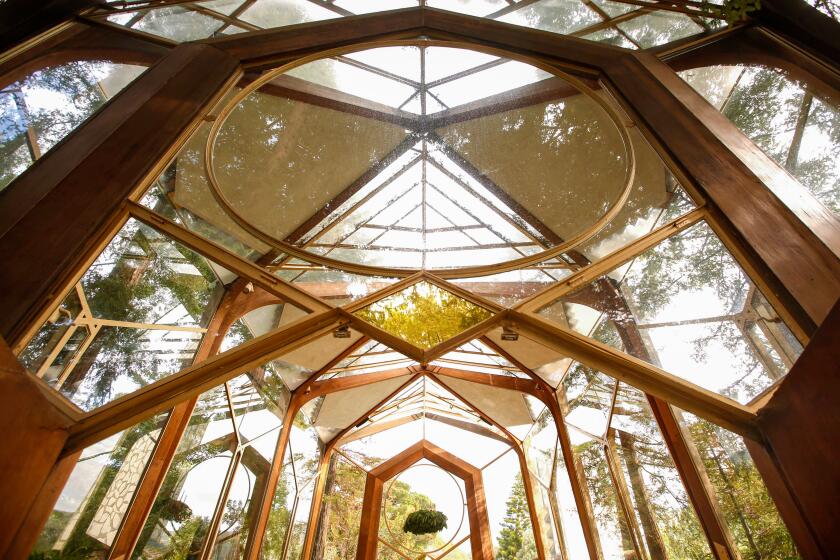The neighborhood’s first TV set was the Creason family’s ‘pride and joy’

Glen Creason
- Share via
Glen Creason grew up in Southgate during the age of “redlining,” a practice that prevented blacks and other minorities from buying homes in certain neighborhoods.
Southgate was originally called Home Gardens and was a suburb with a factory where a lot of the area’s men worked, earning enough to own their homes and send their children to private schools.
“Southgate is what people really think about as being the American dream,” said Creason, 67, a map librarian for the Los Angeles Public Library.
His family was the first in the neighborhood to get a television. It was a Filco brand appliance and the Creasons’ “pride and joy,” he said. People came from all over the neighborhood, not even to see an image but simply to check out the contraption, Creason recalled.
Creason attended a Catholic school where many of the children were Mexican. “But we didn’t know Mexican from Marsian,” Creason said. “They were Lopez and Gomez, and they were just other kids.”
A descendant of immigrants from the British Isles whose family arrived in America in the 1760s, Creason said that although he didn’t live among African Americans, he was used to having contact with blacks.
Creason and his older brother would go to sell programs at the Los Angeles Coliseum because his father wanted his children “to learn the value of a dollar,” he said. Of the 70 kids selling programs there, at least 60 were black, four were Latino and four white.
“We got an idea of what it was like to be the minority,” Creason said, adding that he often rode the streetcar through minority neighborhoods, such as South Central.
“I got a couple of light beatings ... slapped in the face, pushed around, “he recalled. “I got things taken away from me. But I just think it’s part of who I am now.”
He said he often heard racial epithets applied toward blacks when growing up.
“People said that like nothing,” he recalled, noting that although he never heard his parents disparage African Americans, they would never have accepted his sister marrying a black man. His brother married a Mexican.
Over the years, Creason, who also lived West Los Angeles, Silver Lake, Long Beach and Culver City, has witnessed the demographic evolution of Los Angeles.
“The diversity of the city has changed so much,” he said. For example, when he was a child he recalled four types of food -- American, Chinese, Mexican and Italian. Now there are more than 100 choices.
“We say jokingly the browning of Los Angeles,” Creason said. “Ethnically it’s changed quite a bit. It’s the real melting pot, and it never stops changing.”
Follow me for the latest in video & multimedia reports: @AMSimmons1
Follow @LookBackLA on Twitter.
More to Read
Sign up for Essential California
The most important California stories and recommendations in your inbox every morning.
You may occasionally receive promotional content from the Los Angeles Times.














